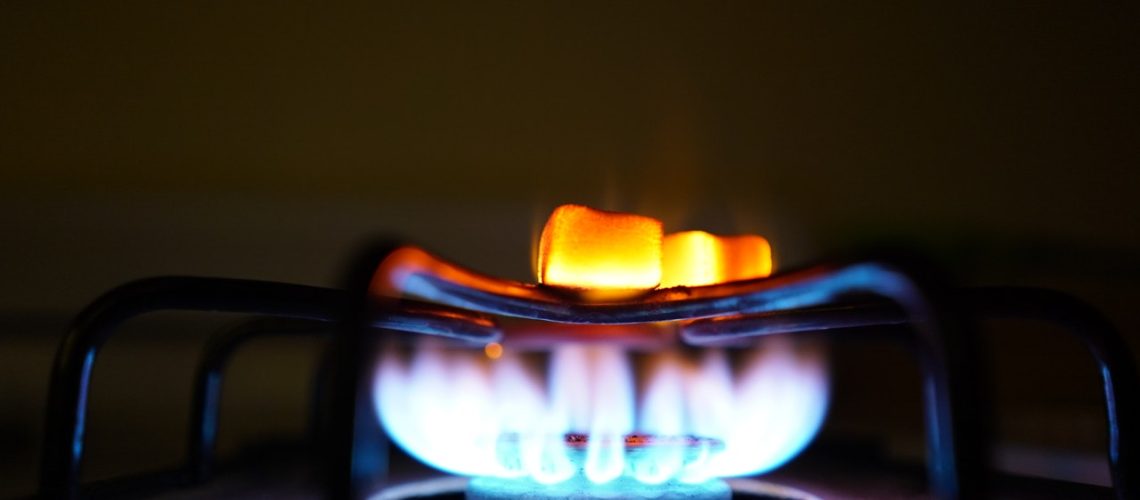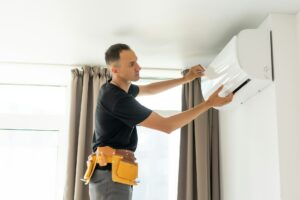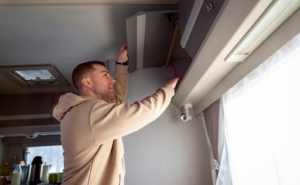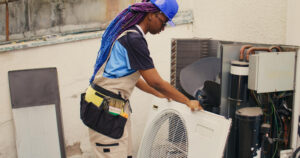Menu

Glaring Signs That There’s a Gas Leak in Your House
Most American houses have one or two natural gas-powered appliances that provide warm air or hot water. No matter how careful you are, there’s still a possibility that these gas-powered appliances will be damaged and cause a gas leak in your home.
As a homeowner, you have to know how to detect something as harmful as gas leaks and what to do in case such an emergency happens. A gas leak can be fatal, so don’t attempt to fix it yourself. Call a licensed plumber or HVAC specialist to repair a fracture or hole in your gas line.
The following paragraphs will show you alarming signs of a gas line leak so that you will know when to call for emergency leak detection services.
You Can Smell Rotten Eggs
Natural gas in gas-powered appliances has this additional chemical called Mercaptan, which makes detecting a gas leak in its early stages easier for homeowners. It’s crucial to be aware of this typical gas leak sign. If you smell rotten eggs or sulphur in the air, leave your house immediately, walk to a safe distance like your neighbour’s house, and contact a local licensed plumber or HVAC technician.
You Notice Wilting Plants
If a gas leak continues unnoticed for a long time, the oxygen in your house becomes limited. You can see signs of declining oxygen levels in the form of wilting or dead houseplants. If a professional contractor does not perform immediate leak detection services, plants won’t be the only ones in danger.
There Are Dead Grass and Bushes
Yellow grass and dead leaves on your shrubs are visible signs of a gas leak. Natural gas is supplied to your devices and appliances via a massive network of gas pipes beneath your home. If a gas pipe in the earth cracks, gas will be released into the air and absorb oxygen.
You Feel Sick and Fatigued
Sickness, weakness, nausea, suffocation, and headaches can all be serious indications of a gas leak in your house. If you feel sick or odd, call an ambulance right away because you might have been exposed to gas poisoning.
You Experience Irritated Skin
Gas leaks can cause some people to get skin irritation symptoms. Blisters or numbness may occur if there is a lot of natural gas in the air. Long-term exposure to carbon monoxide can also cause skin discoloration and other problems.
You See Strange Discolored Flames
A gas furnace is designed to emit a bright blue flame when it is turned on, so a yellow flame could suggest a problem with your appliance’s ventilation. You should consult an expert to determine if you have a gas leak in your home.
Conclusion
To avoid a carbon monoxide leak from your furnace and other appliances, schedule an appointment with a professional HVAC contractor to perform leak detection services. A licensed expert will look for cracks in your heat exchanger and make sure there are no other issues that could cause leaks. Because carbon monoxide issues are more common when the furnace has airflow issues, it’s also a good idea to change your filter regularly.
For your peace of mind, Bromac is ready to perform leak detection services in your home. We are always ready to offer solutions and are willing to go above and beyond to serve you. Check out our emergency services to know more.


